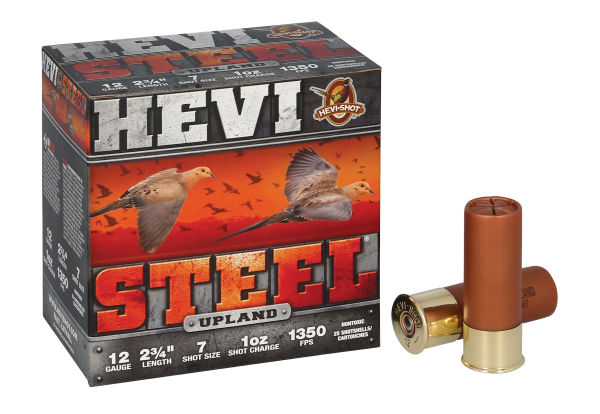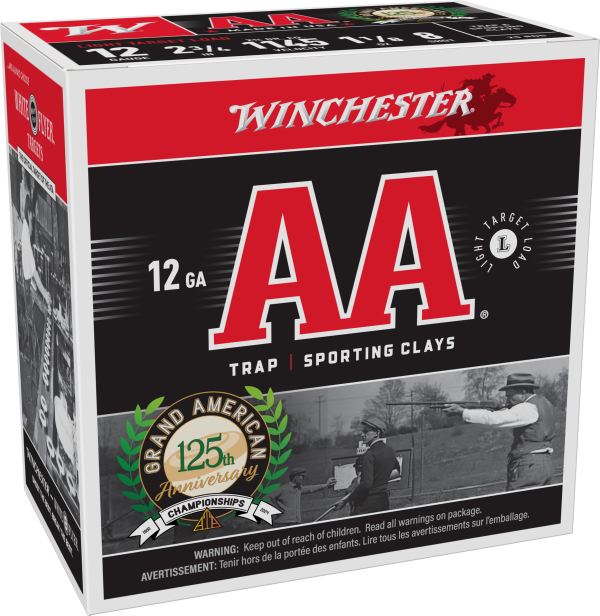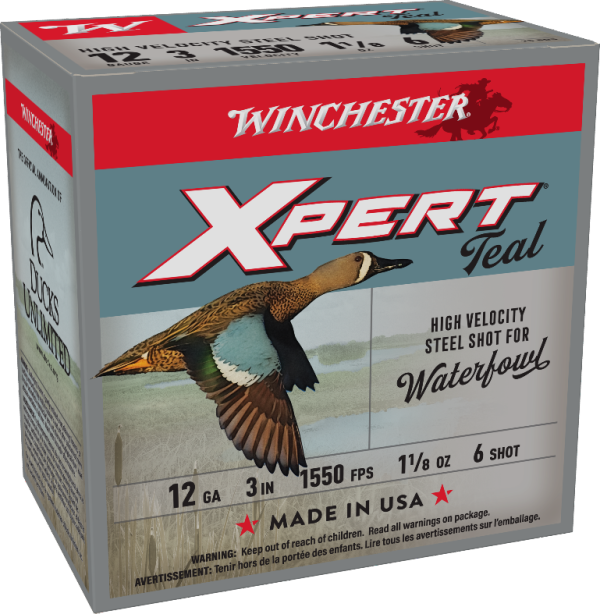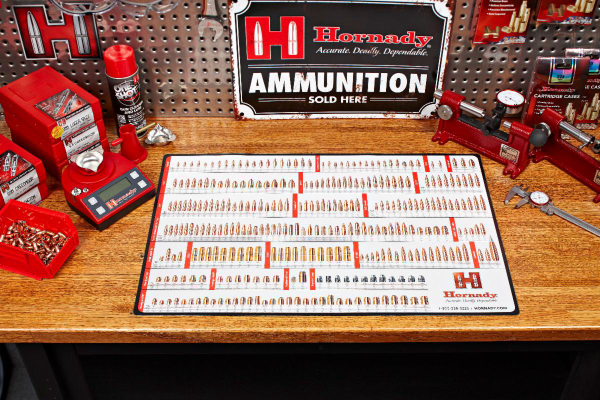New HEVI-Shot HEVI-Steel Upland Loads Now Available

HEVI-Shot launches a new product line called HEVI-Steel Upland. The two new high-velocity, 12-gauge dove and quail loads feature precision steel pellets, dependable ignition, and a unique HEVI-Shot wad to produce exceptionally tight patterns. This new product line is now available at select dealers and online. Check with your local ammo store for availability.
“When a dove races across a field or a covey of quail erupts at your feet, speed matters. That’s why we push HEVI-Steel Upland faster than competing steel loads,” said Dan Compton, HEVI-Shot’s Shotshell Product Director. “The velocity boost we gave these loads makes it easier to connect on hard-flying birds and delivers more energy on impact. They are perfect for upland hunters looking for a good, non-toxic, steel-shot option at a competitive price point.”
Aided by HEVI-Shot’s best-in-class wad and precision manufacturing techniques, HEVI-Steel Upland hits hard every time. Its high velocity of 1,350 feet per second (fps) provides ideal downrange energy. The two new 12-gauge, 2-3/4-inch loads will be available in shot size No 6 or 7 and sold in a 25-count box. Read more











